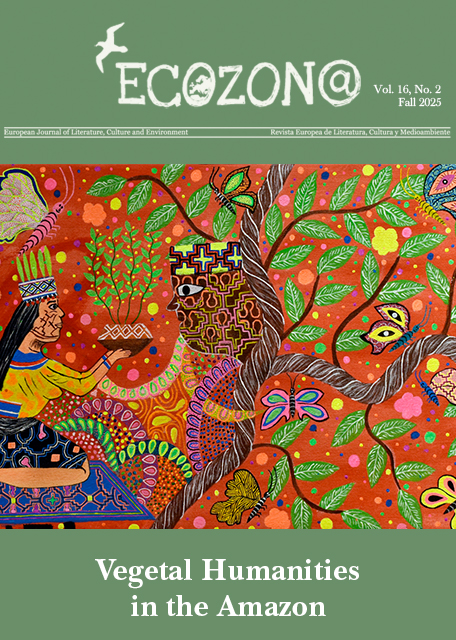CFP Spring 2027 "Environmental Approaches to the Latin American and Caribbean Arts"
2025-11-16
"Environmental Approaches to the Latin American and Caribbean Arts"
Guest editors:
Claudia M. Paez Lotero, Saint Joseph’s University, EEUU.
Susana L. M. Antunes, University of Wisconsin-Madison, EEUU.









